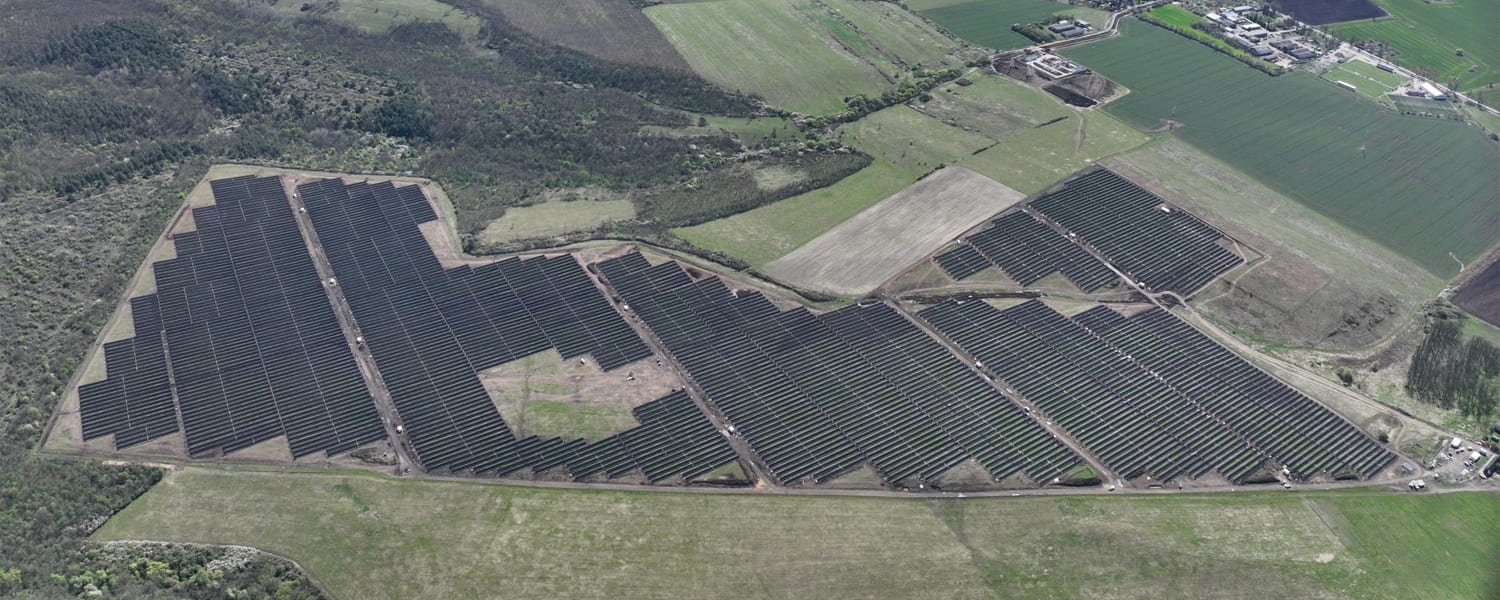Will Southeast Asia still be a "good market" in photovoltaic?
Dec 12, 2024
This time, Southeast Asian photovoltaic changes ushered in.
Several major events have occurred in Southeast Asia recently, and these things are quietly changing the future energy pattern of Southeast Asia silently.
First of all, Southeast Asia's largest news is the recent news of Indonesia. It is understood that the Indonesian Parliament passed the bill on November 19 this year to officially cancel the status of Jakarta as the capital and set it into a SAR. Essence
It is understood that the design of the new capital focuses on national identity, creating sustainable development and modern green smart cities. By 2045, 100%of cities use renewable energy, and move towards cities with health, efficient and multi -capacity.
In addition, Indonesia is also actively conducting energy transformation. On November 19 this year, Indonesian President Prabowo Subianto said at the Brazil G20 summit All coal -fired power plants and all other fossil fuel power plants.
Plabovo also promised to increase the capacity installed capacity of more than 75 GW in the next 15 years. He also believes that Indonesia is located near the equator and can provide sufficient light for photovoltaic power generation. Indonesia can achieve net zero emissions by 2050. This is ten years ahead of the existing goals. Indonesia had previously planned to close all coal -fired power plants by 2055, and the new commitment was 15 years earlier than before.
This time, the Indonesian Qiandu has also released a future plan for new energy market demand. This is undoubtedly a positive signal for clean energy such as solar energy storage system.
Will Southeast Asia still be a "good market" in photovoltaic?
Although the Australian government is approved, it plans to power Singapore through submarine cables like this, and not to mention the length of the construction cycle of the photovoltaic power station project, alone is a project that can be realized in the short term.
In addition, the power supply to Singapore is not an Australian country. The Singapore Energy Market Administration issued a conditional license to five total and 2 Gival at the second Indonesian Sustainable Development Forum held in Jakarta on September 5 this year. In Indonesia's solar import project, if everything goes well in the future, they are expected to put in business operations from 2028. This is also the first batch of projects with conditions to be awarded.
The other two new projects also from Indonesia were approved for conditional approval, and the total import power was 1.4 Gava. In the past three years, the Singapore Energy Administration has approved nine electricity import projects, five of which, the five Indonesian solar energy projects mentioned above, have obtained a conditional license.
The Southeast Asian market is still difficult to rely on self -built photovoltaic integration production. It is difficult to solve the supply of raw material supply and related supporting industries. Basically, technology or products of domestic photovoltaic companies still need to be used.
However, with the increasing number of companies going out of the sea, the Southeast Asian market has also begun to make many photovoltaic companies smell the sense of crisis. Compared with local supply, many photovoltaic companies in Southeast Asia are mainly supplying to the US market. With Trump’s In the future, the pattern of the new energy market in the United States will also change in the future. It is good or bad, and it is difficult to say.
In addition, with the rise of the Internet and e -commerce economy, the real economy of Southeast Asia has also been impacted to varying degrees. Compared with the early years of investment and building factories, the labor costs in Southeast Asia are now rising, and some manufacturing factories have begun to have recruits. Without the status quo of people.
The low -cost employment advantage is weakening step by step. The sigh from the founder of Fuyao Glass Cao Dewang: "At the moment, young people would rather go takeaway, and they would not go to the factory." And this scene has begun to start in Southeast Asia The country quietly staged.
But at the moment, photovoltaic companies are urgently needed to go out. As the founder of TCL, Mr. Li Dongsheng said: The globalization of Chinese companies is a must -answer, and it may be out of the situation without going to sea.